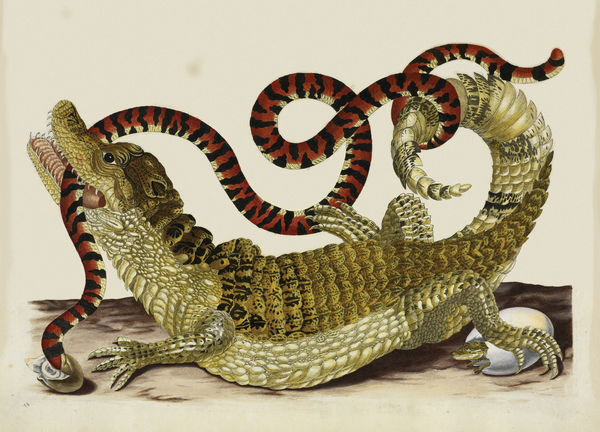Edited by Dava Sobel
There was a way of beholding nature
that was like a form of prayer.
When she painted a caterpillar,
she limned the whole bracing saga of its life
from birth, instars, and metamorphosis
to the plants it gorged on
and the predators who stalked,
ambushed and gobbled it.
Balancing the mingled dramas
on one toothy page of vellum,
she by the bye bore witness
to feats of nature both outlandish
and ordinary, such as maggots
hatching freely from eggs
like many living things,
not from dead flesh or dust,
without cause or coupling,
in a mysterious brew
of spontaneous generation.
On supporting science journalism
If you're enjoying this article, consider supporting our award-winning journalism by subscribing. By purchasing a subscription you are helping to ensure the future of impactful stories about the discoveries and ideas shaping our world today.
She chose to reveal the smallest,
most despised creatures on earth
as divine works of nature,
and without cant or vanity tag them
not in Latin, the scholar's language
and lingua franca of elite circles,
but colloquially, in the colorful cant
of street talk, inviting men, women,
experts and workaday people alike
to join her in putting aside the mask of habit,
the hostile omens of superstition,
any disgust they might harbor about vermin,
or fable that bugs toil as Satan's minions,
and peer in wonder at the visible
but unseen life all around them,
dining, sparring, molting, mating,
in a mad frenzy of war and survival—
worlds unseen because unnoticed,
not because, as piety taught,
God purposely hid them from view.
Here is a caterpillar's eye, her paintings said,
look how cleverly it's designed!
Here is a spider's toe with tiny hairs.
Can you imagine how they tread?
Here is time elapsing inside a chrysalis,
where caterpillar becomes butterfly,
shape-shifting with infinite gradualness
from one unlikely form to another,
its behavior and purpose radically changed.
Come closer, I will show you.
